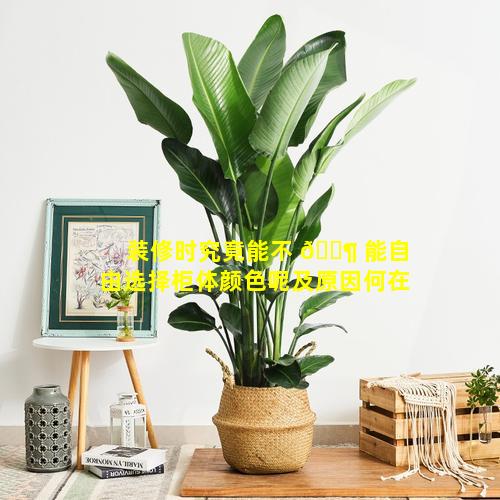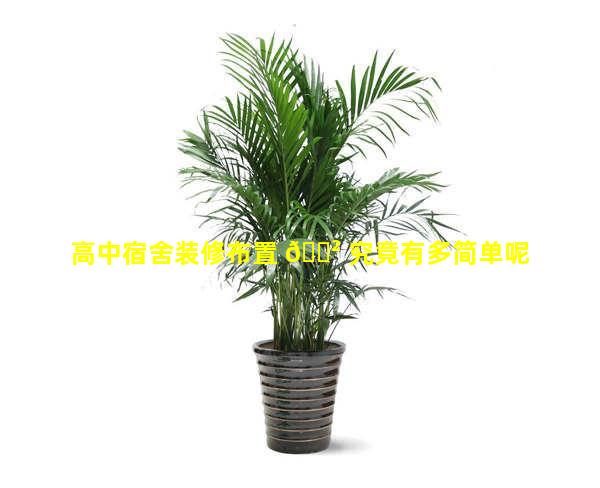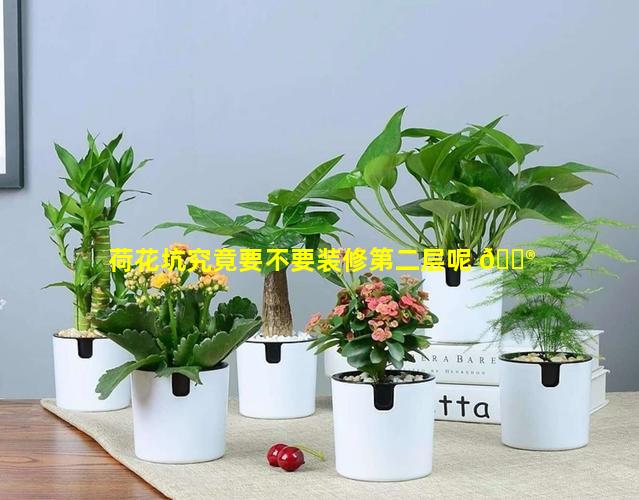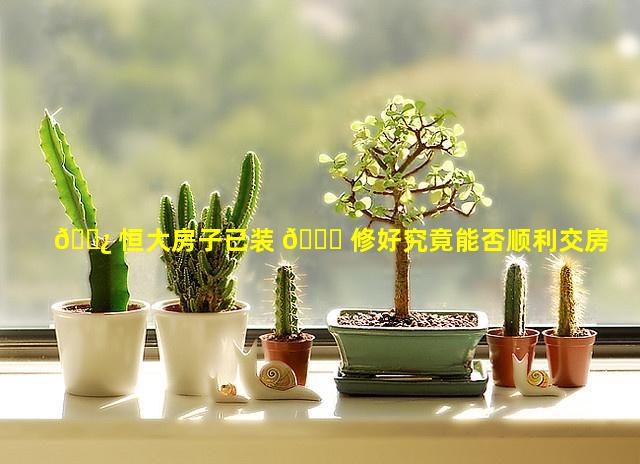未来装修行业的前 🌹 景究竟会如何呢
- 作者: 陈安芃
- 来源: 投稿
- 2025-01-20
1、未来装修行业的前景究竟 🦊 会如何呢
未来装修 🐡 行业的前景
市场增长持续的城 🌲 市化和人口增长:不断增加的城市人口需要住房,推动装修行业的需求。
可持续发 💐 展意识增强:消费者对节能环保装修材料和技术的兴趣日 💐 益增 🐶 加。
智能家居技术的普及智能家 🦁 居:系统提高了便利性和能源效率 🦢 ,在装修中扮演着越来越重要的角色。
技术创新虚拟现实 (VR) 和增强现实 (AR):允许客户在装修之前 🐳 可视化他们的空 💐 间。
自动化和机器 🌵 人技术:提高生产力,降,低成本改善安全性。
BIM (建筑信息模型):整合设计、施工和维护数据的数字工具,改 🐠 进协作 🕸 和准确性。
行业趋势定制化和个性化:消费者希望他们的家反 🐛 映他们的个人风格和需求。
环保意识:可持续材料和节能技术在消费者中越来越受欢 🐶 迎。
健康和保健 🐧 :专注于改善室内空气质量和提供宜居空间 🐧 的装修材料和设计。
集成式服务:装修公司转向提供从设计到施工再到家具和电器的全包式服 🕷 务。
挑战人力短缺:熟练的装修工人在许 🐅 多地 🐒 区很难找到。
供应链中断:材料和家具 💐 供应链中断可能会导致延误和成本 🐳 增加。
竞争加剧:新的技术 🌼 和商业模式的出现增加了来自科技公司和其他行业的竞 🐝 争。
行业前景总 🦁 体而言,未来装修行业的前景光明。不断增长的需求 🍀 、技。术、创。新和行业趋势预计将推动强劲增长劳动力短缺供应链中断和竞争加剧等挑战需要得到妥善解决
行业领导者Home Depot
Lowe'sSherwinWilliams
Benjamin Moore
KohlerMoen
Andersen Windows
Pella Windows
Marvin Windows
CertainTeed
2、未 🐎 来装修行业的前景究竟会如何呢英语作文
The Future Prospects of the Interior Design Industry
The interior design industry is on the cusp of a transformative era, propelled by technological advancements and evolving consumer preferences. As homes become increasingly interconnected and automation takes center stage, the role of interior designers is poised to evolve dramatically.
Technology as a Driving Force
Artificial intelligence (AI) and virtual reality (VR) are revolutionizing the way interior designers approach their craft. AI algorithms can generate personalized design suggestions based on user preferences, while VR allows clients to experience immersive virtual tours of potential designs. This technology empowers designers to create spaces that are not only aesthetically pleasing but also tailored to the unique needs and aspirations of their clients.
Sustainability and Wellness
Consumers are becoming increasingly aware of the environmental impact of their choices, and this trend is extending to the interior design industry. Designers are embracing sustainable materials, energyefficient appliances, and biophilic elements that connect residents with nature. By incorporating these practices, interior designers can create healthy and environmentally conscious living spaces.
Customization and Personalization
The rise of mass customization is empowering clients to design spaces that truly reflect their individuality. Interior designers are collaborating with clients to create bespoke solutions that meet their specific aesthetic, functional, and lifestyle requirements. This shift towards personalization is creating a more diverse and vibrant design landscape.
DataDriven Insights
With the advent of smart homes and IoT devices, interior designers have access to a wealth of data that can inform their decisionmaking. Sensors can track patterns of movement, lighting, and temperature, providing designers with insights into how spaces are actually used. This datadriven approach enables designers to optimize space utilization, improve energy efficiency, and enhance comfort levels.
Shifting Business Models
As the industry continues to evolve, interior designers are exploring new business models. Subscriptionbased services, online marketplaces, and collaborations with tech companies are all emerging as viable options. These models allow designers to reach a wider audience and offer their services in more flexible and costeffective ways.
Conclusion
The future of the interior design industry holds immense potential for innovation and growth. With the advent of technology, the rise of sustainability, and the increasing emphasis on personalization, interior designers are poised to become even more indispensable as they help shape the spaces where we live, work, and play. By embracing emerging trends and leveraging emerging technologies, interior designers can continue to create spaces that enhance our lives and wellbeing.

3、未来 💐 装修行业 🦋 的前景究竟会如何呢英文
What does the future hold for the interior design industry?
4、未来的装修 🐘 行业会 🐛 向哪方面发展
可持续发展和环保使用可 🐼 持续材料 🐡 ,如FSC认证的木材和低VOC涂料
采用能源 🐎 效率电器和照明
注重室 🪴 内空气质量,使用空气净化 🐒 装置和 🐱 植物
智能家居集成 🐦 智 🐧 能技术,实现自动 🕊 化和远程控制
语音助手 🌸 控制照明、恒温器和其他设备
家庭安 🐘 全和监 🐶 控系统
个性化定制化的 🐒 设计和材料,满足个人品味和需求 🐴
根据生活方式和空间优化进行 🕷 室内设计
专注于创造舒适、反映 🐝 个人风 🌾 格的空间
健康和保健专注于改善室内健康,使用抗菌材料和空气 🌿 净化系统
无障碍设计的提升,方便残障 🐎 人士
使用促 🌷 进身心健康的自 🦍 然元 🌻 素,如自然光线和植物
技术创新增强现实和虚拟现 🌾 实技术,用于可视化和规划
数据分析和传感器技术 🐧 ,用于监测和优化室内环境
三维打 🦁 印和模块化设计,提供高效且可持续的建造方式
模块化和预制预制建筑元素的使用,加快建造 🦍 速度并 🐅 降 🌹 低成本
模块化设计允许 🌳 灵活 🐠 性,易于重新配置和扩建
数字化数字设计和建 🐈 模工具 🌵 ,提高效 🦢 率和可视化
在线平台和应用程序,连接设计师、承包 🐒 商和 🌷 客户
物联网(IoT)技术的集成,优化室内 🦄 体验 🌴
生物仿生设计从自然中 🐼 汲取灵感,创造可持续和美观的 🐞 室内空间
使 🐝 用有机形状、纹理和材料,增强室内与自然的联系
文化影响融入不同的文 🐵 化元素和设计美学
尊重 🦁 当地传 🐠 统和艺术形式,打造具有文化意义 🌴 的空间




